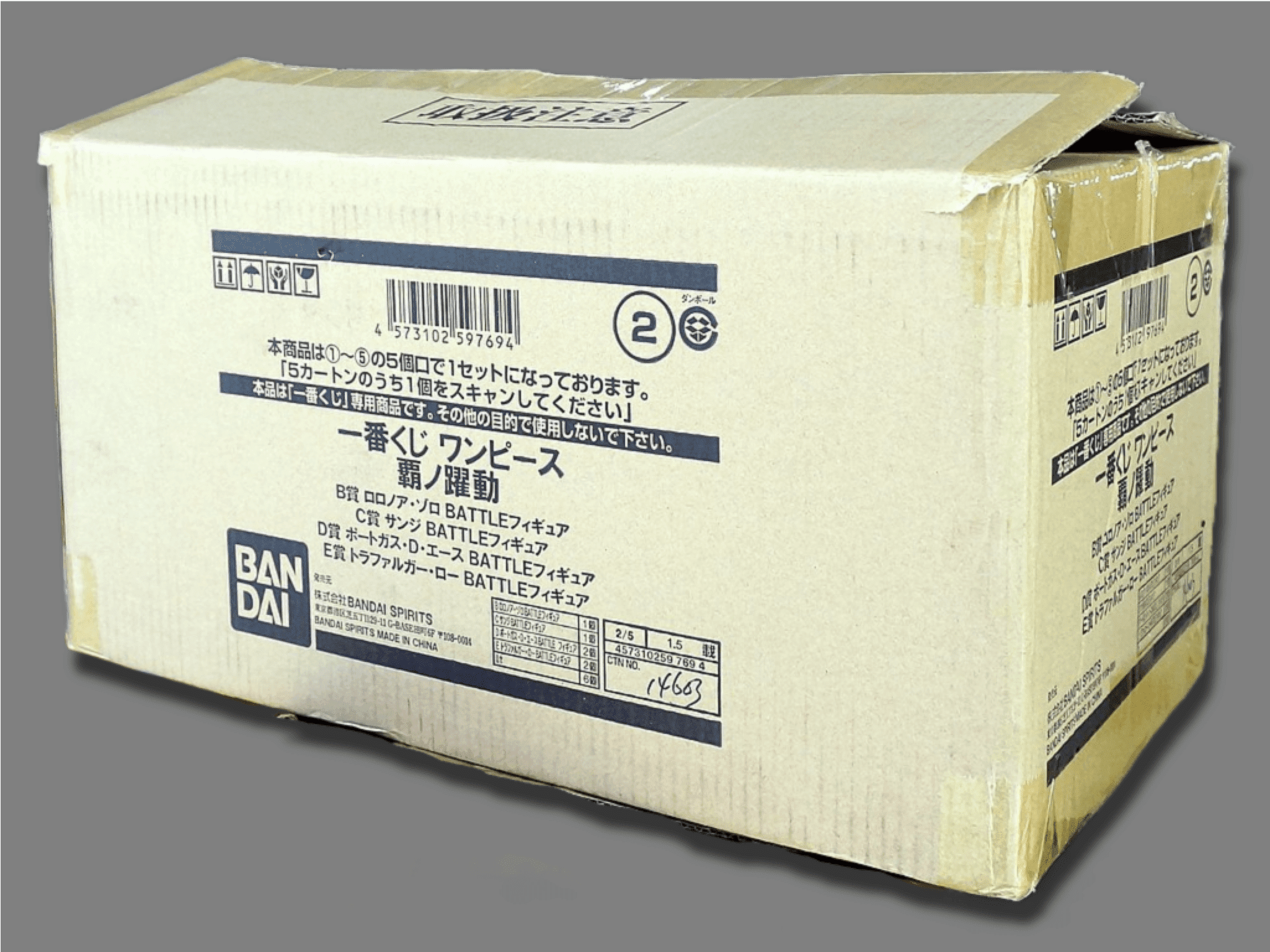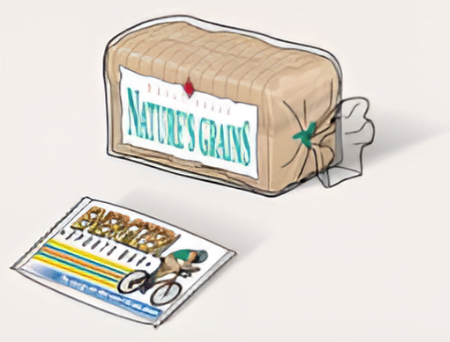In the world of commercial printing, the decision between flexo and gravure can have a significant impact on both the quality and cost-effectiveness of the final product. This comprehensive comparative analysis serves to highlight the cost differences, technological advances, and regional preferences that influence the choice between flexo and gravure printing.
Essential Insights
Flexo printing is a more cost-effective option than gravure printing, especially for shorter runs. There are several key factors to consider when deciding between these methods, including ink and solvent consumption, the initial cost of image carriers, ongoing energy consumption, and the overall durability and cost-effectiveness of the plates or cylinders involved.
Economies of Scale and Material Consumption
Flexographic printing, known for its cost-effectiveness on shorter runs, owes its financial advantage to several factors. First and foremost, flexography uses significantly less ink and solvent than gravure. This discrepancy can result in significant savings over time, especially when production volumes are considered.
Image Carrier Costs
When it comes to image carriers, the upfront investment in flexo technology is generally more manageable. Flexo plates are significantly less expensive than their gravure counterparts, engraved cylinders, providing a tangible financial incentive for companies looking to optimise their print-related expenses.
Sustainability and Energy Consumption
From an environmental and economic perspective, energy consumption is another critical consideration. Flexo printing, with its reduced reliance on steam and electricity, is proving to be a more sustainable and cost-effective option. This reduced energy requirement is not only consistent with environmentally friendly business practices, but also contributes to lower operating costs.
Plate vs. Cylinder Durability
The durability of flexo plates also contributes to their cost effectiveness. Because they last longer than rotogravure cylinders, they require less frequent replacement, resulting in lower long-term costs and less waste.
Strategic Decision-Making
Choosing between flexo and gravure requires a nuanced understanding of the specific requirements of the job at hand. Factors such as the desired print quality, the volume of the run, and the material to be printed play a key role in this decision. It is advisable to consult with print professionals to tailor the choice to the specific needs of the project.
Regional Preferences
It’s interesting to note that the preference for flexo over gravure printing varies significantly from continent to continent. These preferences are influenced by factors such as regional market demands, technology availability, and traditional printing practices. The approximate proportions are as follows:
- North & South Americas: Flexo 80%, Gravure 20%
- Europe: Flexo 50%, Gravure 50%
- Asia: Flexo 20%, Gravure 80%
In Summary
The flexo versus gravure debate goes beyond a simple comparative analysis on cost to include broader considerations of sustainability, technology adoption, and regional market trends. Flexo offers a versatile and cost-effective solution for a range of jobs, particularly shorter runs, while gravure continues to be valued for its quality and efficiency in high-volume production. Navigating this complex landscape requires a careful assessment of the specific needs and constraints of each project, backed by expert advice and industry best practices.
With a comprehensive understanding of these printing methods and their cost implications, organisations can make informed decisions that optimise quality, efficiency, and budget. As the printing industry continues to evolve, staying abreast of these advancements is critical for anyone who wants to take full advantage of these technologies.






